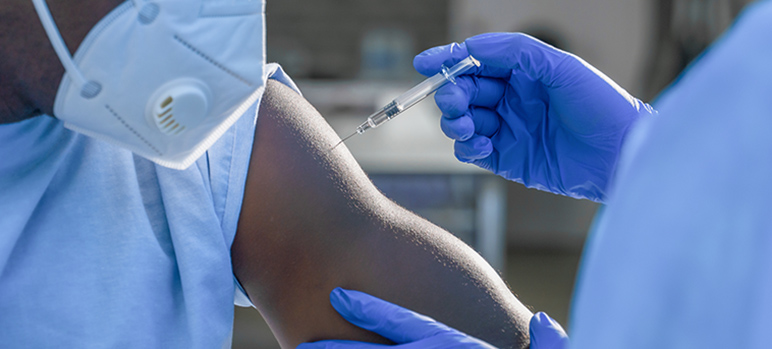Expanding vaccine eligibility is exciting for the head of Santa Clara County’s Covid-19 testing and vaccine office, but he said Thursday that the Bay Area’s most populous county needs more vaccine supply.
The message from county vaccine director Dr. Marty Fenstersheib’s came hours after Gov. Gavin Newsom announced the expansion of vaccine eligibility to Californians 50 years and older by April 1. Newsom added that residents 16 years and older will become eligible to receive the vaccine by April 15.
“We are excited to expand eligibility.” Fenstersheib said. “Currently, our challenge is not one of capacity or eligibility, but supply.”
Santa Clara County has upwards of 400,000 residents between 50 and 60 years of age, but the county will be getting a fraction of that number in vaccine supply, Fenstersheib said. He added that he is concerned about being able to vaccinate everyone 50 years and older during the first week of April.
That week, the county will receive a little more than 58,000 doses, Fenstersheib said.
“However, that 58,000 doses doesn’t go very far,” he added.
It is about 10,000 doses less than the county received this week, according to county data. “We have the capacity to vaccinate over 200,000 people a week in our county,” Fenstersheib said. “And we’re doing probably a third of that.”
Fenstersheib said the state and county are expecting more vaccine doses in April, as promised by the federal government.
So far, 28 percent of county residents 16 years and older have received at least one dose of the vaccine. For those 65 years and older, the percentage is 66 percent. The county has made notable progress toward achieving its goal of vaccinating 85 percent of the population by August, but the Latinx population remains disproportionately impacted.
Despite making more than half of Covid-19 cases and a large percentage of essential workers, only 15.9 percent of the Latinx community has received a vaccine dose. In comparison, 30 percent of the white population and 28 percent of the Asian population have received at least one dose, according to county data.
Fenstersheib, however, emphasized that the county’s efforts are focused on vaccinating the hardest hit communities.
He also emphasized that vaccinating residents is the best way to prevent the spread of Covid-19 variants. Already, the P.1 variant—first detected in Brazil—made its way to Santa Clara County in mid-March by a person returning from out-of-state travel.
The county also had two confirmed cases of the B.1.351 variant, first detected in South Africa and 19 confirmed cases of the B.1.1.7 variant, first detected in the United Kingdom, as of March 20. “We will get the vaccine, but while you are waiting, it’s really important that we don’t get that bad virus to enhance, to continue to mutate itself, to continue to multiply itself,” Fenstersheib said.
The best way to limit the spread is to wear a mask, maintain social distancing, limit time outside of the house and avoid traveling, he added.
To get a Covid-19 test in Santa Clara County, visit sccfreetest.org. To book a vaccine appointment, visit sccfreevax.org.

